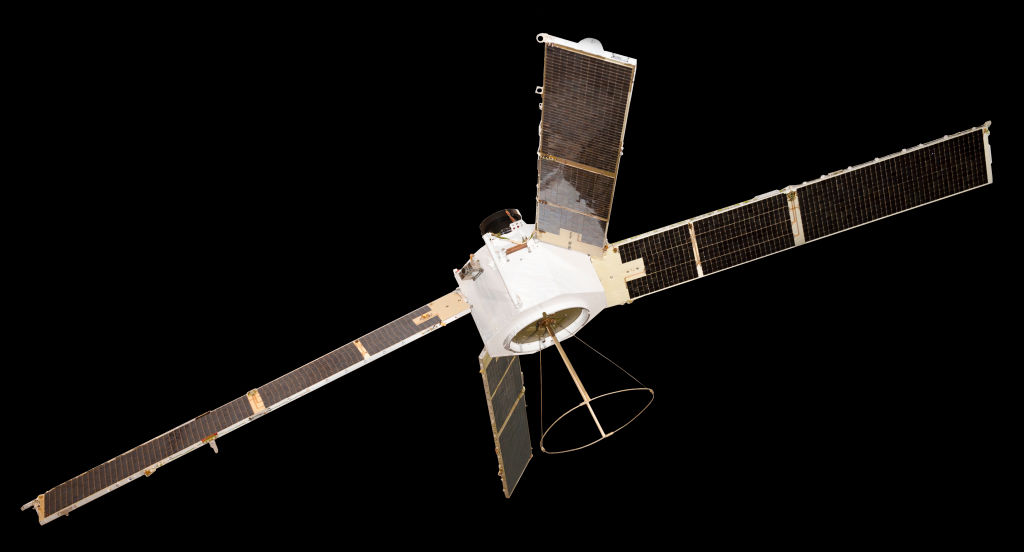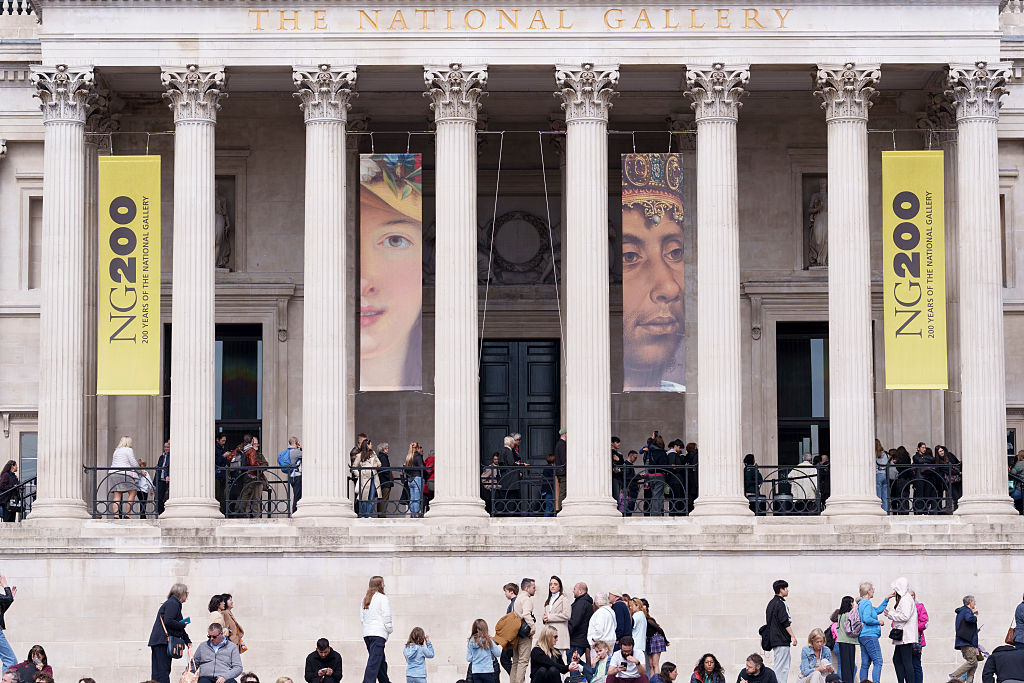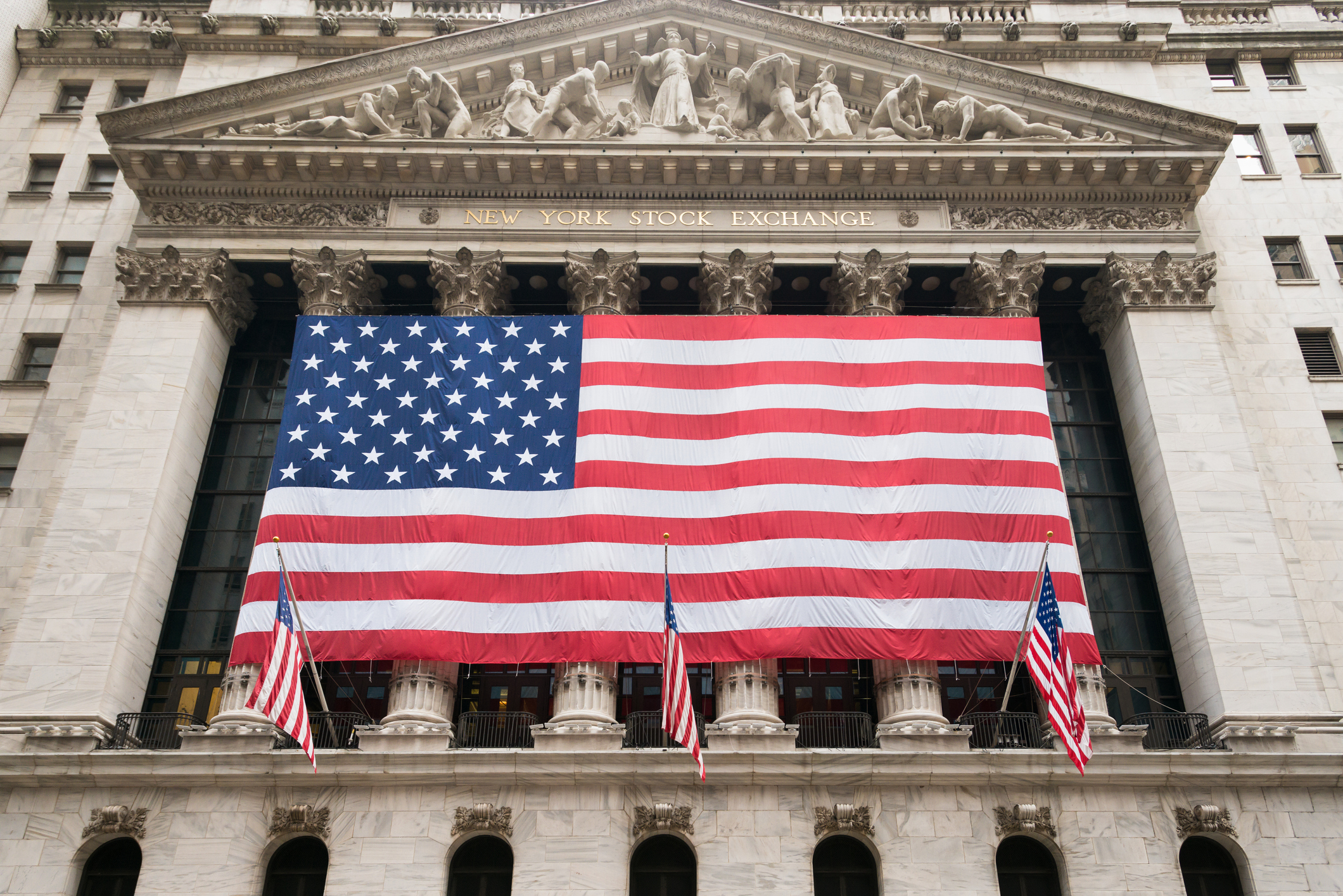28 November 1660: the Royal Society is founded
After the restoration of the monarchy, members of the “Invisible College” asked King Charles II to approve their scientific and literary society. A Royal Charter was granted two years later.

The Royal Society is one of the world's most famous scientific bodies. Its roots lie in a series of regular meetings of a small group of scientists and scientifically interested people, including the architect Christopher Wren and the physicist Robert Boyle, that began in 1645. The worsening of the English Civil War saw this self-styled “Invisible College” split into two groups – one in Oxford and one in Gresham's College, London – by the late 1640s. Later, political turmoil would force the London group to suspend its meetings from 1658 to 1660.
The restoration of Charles II to the English throne in May 1660 finally brought stability back to political life and the London meetings resumed. At that point, both groups decided that it would be best to put the society on a more formal basis. So on 28 November, the 12 founding members agreed to approach the new king for his approval. At the same time they expanded the society by inviting 40 other members to take part, including soldiers and literary figures as well as scientists (35 would end up accepting).
The Royal Charter would be formally granted in July 1662. Thanks to several energetic leaders, most notably Isaac Newton, who was president from 1703 to 1727, the Royal Society played a key role in disseminating scientific ideas. In 1665 it established the first dedicated scientific journal, Philosophical Transactions of the Royal Society, which continues to be published today. It also acted as a key scientific adviser to the British government. During the 19th century, the numbers of non-scientists were drastically cut down and it started receiving government funding.
MoneyWeek
Subscribe to MoneyWeek today and get your first six magazine issues absolutely FREE

Sign up to Money Morning
Don't miss the latest investment and personal finances news, market analysis, plus money-saving tips with our free twice-daily newsletter
Don't miss the latest investment and personal finances news, market analysis, plus money-saving tips with our free twice-daily newsletter
Today, the Royal Society remains a respected body with around 1,600 members.
Get the latest financial news, insights and expert analysis from our award-winning MoneyWeek team, to help you understand what really matters when it comes to your finances.

-
 Why UK investors are backing British stocks in 2026
Why UK investors are backing British stocks in 2026The UK stock market may be lacking fashionable technology shares but investors are keen to buy British next year
-
 UK inflation live: did inflation fall in November?
UK inflation live: did inflation fall in November?The ONS releases inflation data for November tomorrow (17 December). Has inflation continued its downward trend?
-
 31 August 1957: the Federation of Malaya declares independence from the UK
31 August 1957: the Federation of Malaya declares independence from the UKFeatures On this day in 1957, after ten years of preparation, the Federation of Malaya became an independent nation.
-
 13 April 1960: the first satellite navigation system is launched
13 April 1960: the first satellite navigation system is launchedFeatures On this day in 1960, Nasa sent the Transit 1B satellite into orbit to provide positioning for the US Navy’s fleet of Polaris ballistic missile submarines.
-
 9 April 1838: National Gallery opens in Trafalgar Square
9 April 1838: National Gallery opens in Trafalgar SquareFeatures On this day in 1838, William Wilkins’ new National Gallery building in Trafalgar Square opened to the public.
-
3 March 1962: British Antarctic Territory is created
Features On this day in 1962, Britain formed the British Antarctic Territory administered from the Falkland Islands.
-
10 March 2000: the dotcom bubble peaks
Features Tech mania fanned by the dawning of the internet age inflated the dotcom bubble to maximum extent, on this day in 2000.
-
9 March 1776: Adam Smith publishes 'The Wealth of Nations'
Features On this day in 1776, Adam Smith, the “father of modern economics”, published his hugely influential book The Wealth of Nations.
-
 8 March 1817: the New York Stock Exchange is formed
8 March 1817: the New York Stock Exchange is formedFeatures On this day in 1817, a group of brokers moved out of a New York coffee house to form what would become the biggest stock exchange in the world.
-
7 March 1969: Queen Elizabeth II officially opens the Victoria Line
Features On this day in 1969, Queen Elizabeth II took only her second trip on the tube to officially open the underground’s newest line – the Victoria Line.